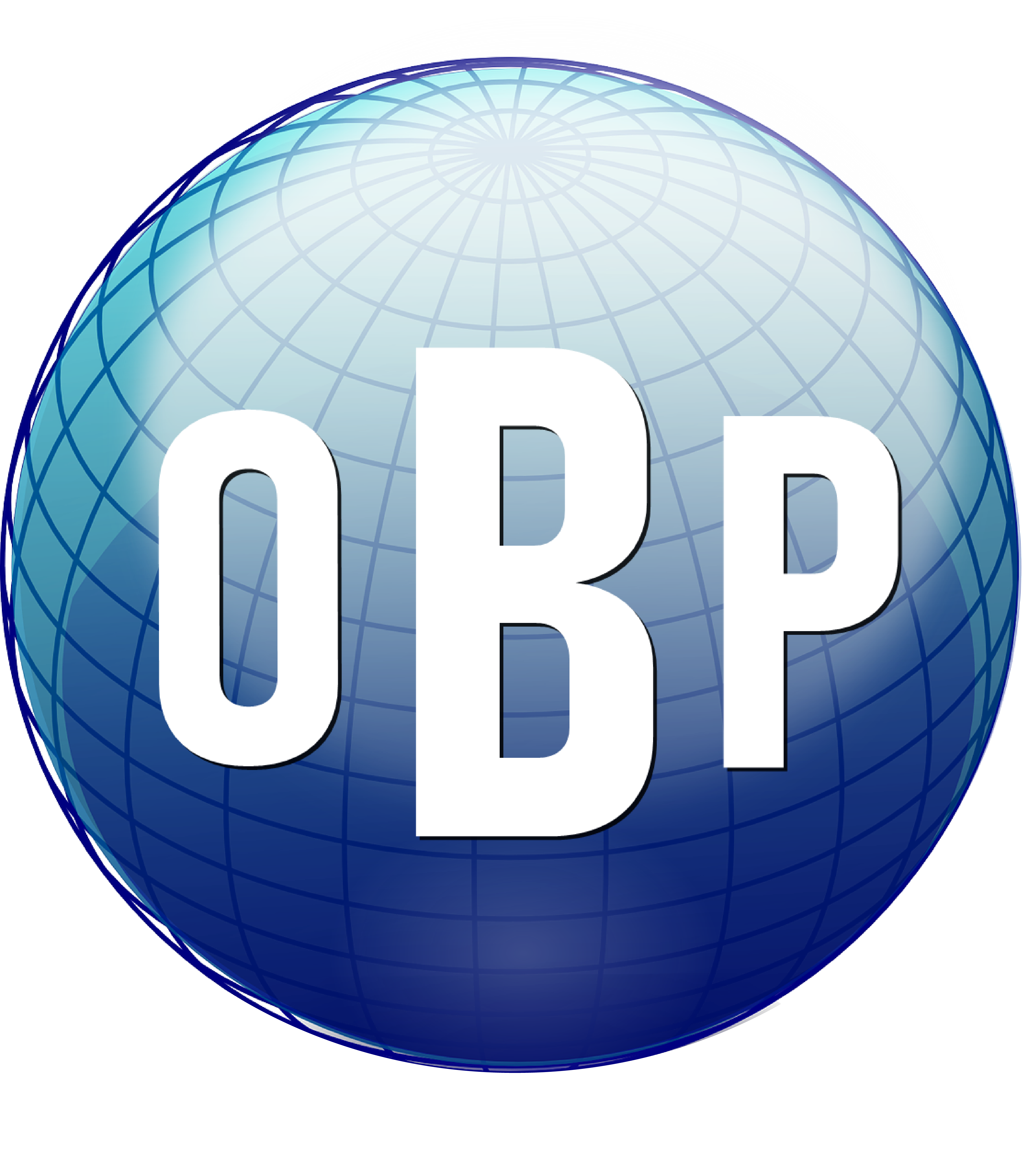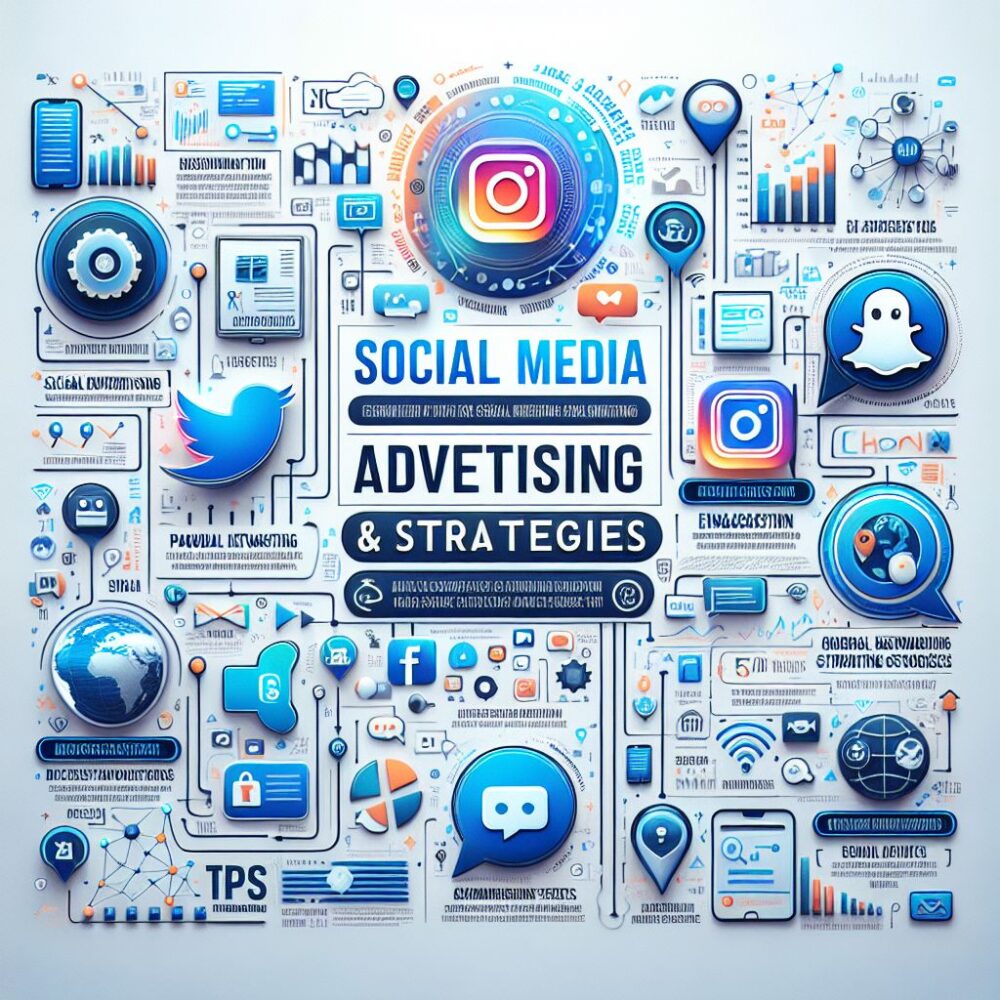Is the idea of making money online with email marketing actually worthwile? You may have heard that “money is in the list”… Is this still the case? Is email marketing still an efficient marketing strategy? Let’s dive in…
Key Takeaways
- Email marketing offers an impressive return on investment (ROI), often yielding $42 for every $1 spent.
- A high-converting email starts with a compelling subject line that prompts the recipient to open the email.
- Segmenting your email list can lead to a 58% increase in revenue, as it allows for more targeted and relevant messaging.
- Automation enables consistent engagement with your audience, ensuring timely and relevant communication.
- A/B testing is essential for optimizing email campaigns, leading to better open rates and higher engagement.
Why Email Marketing Remains a Revenue-Generating Giant
Imagine you have a magic wand that turns every dollar you spend into $42. That’s not fantasy; that’s the power of email marketing. In the digital age, with countless marketing channels vying for attention, email stands tall as a revenue-generating giant. But why does it continue to dominate? It’s simple. Email marketing reaches people directly, it’s personal, and if done right, it can feel like a one-on-one conversation between you and your customer.
High ROI in Email Marketing
Let’s talk numbers because that’s what really matters when we’re aiming to boost revenue. Email marketing isn’t just about sending newsletters; it’s about nurturing a relationship that translates into dollars. For every dollar you put into email marketing, you can expect an average return of $42. That’s a staggering ROI, and it’s precisely why savvy marketers keep email at the core of their strategy.
Cost-Effectiveness of Email Campaigns
Besides the incredible ROI, email marketing is also one of the most cost-effective strategies out there. It usually costs very little to set up and run an email campaign, especially when compared to other marketing channels. This means that even small businesses with limited budgets can make a big impact, as long as they’re smart about how they use email.
If you want to learn how to do email marketing the right way watch John Thornhill’s Free Webinar…
The Anatomy of a High-Converting Email
Subject Line Success
- Keep it short and sweet: Aim for 50 characters or less to grab attention.
- Spark curiosity: Use questions or intriguing statements to entice opens.
- Personalize it: Include the recipient’s name or other personal details to make it feel bespoke.
Did you know that 47% of email recipients open an email based on the subject line alone? That’s almost half of your potential revenue decided in a split second. Crafting a subject line that sings is more art than science, but it’s an art that pays dividends.
Think about the emails you open. What catches your eye? Is it humor, personalization, or the promise of a deal? Your subject line is your first, and sometimes only, chance to make an impression. Make it count.
Captivating Content
Once you’ve nailed the subject line and your email is opened, the next step is to keep the reader engaged. This is where the magic of storytelling comes in. A well-told story can transport your reader, making them more receptive to your message and more likely to take action. Your content should be relevant, valuable, and above all, engaging.
Remember, your goal is to guide your reader down a path that leads to a sale or another desired action. To do this, your content must be clear and focused on the benefits to the reader. Why should they care? What’s in it for them? Answer these questions, and you’re on your way to a high-converting email.
Strategic Calls-to-Action
A call-to-action (CTA) is the climax of your email. It’s the moment you ask your reader to take the next step. Whether it’s making a purchase, signing up for a webinar, or downloading a guide, your CTA should be:
- Clear and concise: Tell your reader exactly what you want them to do.
- Visually distinct: Use buttons or standout text so it’s easy to find.
- Urgent: Create a sense of urgency with limited-time offers or language that prompts immediate action.
Think of your CTA as the golden ticket to your revenue goals. It’s not just a button or a link; it’s the gateway to converting a reader into a customer.
How Segmentation Boosts Engagement
Segmentation isn’t just a buzzword; it’s the bread and butter of a successful email marketing strategy. It’s about understanding that your subscribers are not a monolith and tailoring your emails to suit different groups within your audience. When you segment your list, you’re able to send more targeted content that resonates with your subscribers’ specific interests and needs, leading to higher engagement rates.
And here’s the kicker: as engagement goes up, so does the likelihood of conversion. When people feel like you’re speaking directly to them, they’re more likely to take the action you want them to take. That’s why segmentation is a game-changer when it comes to boosting your email marketing revenue.
Segmentation Strategies that Work
So, how do you segment your list effectively? Start by gathering data. The more you know about your subscribers, the better you can tailor your emails. Here are some data points to consider:
- Demographics: Age, gender, location, job title
- Behavior: Past purchases, email engagement, website activity
- Survey results: Preferences and interests directly from your subscribers
Once you have this information, create segments that reflect different characteristics or behaviors. For example, you might have a segment for customers who’ve purchased a specific product, so you can send them emails about related items or accessories. Or, you might segment by engagement level, sending re-engagement campaigns to subscribers who haven’t opened your emails in a while.
Remember, the goal is to make each subscriber feel like your email was crafted just for them. When you hit that sweet spot, you’ll see your engagement—and your revenue—soar.
Automation: Your Pathway to Consistent Profits
Let’s face it, we’re all busy. That’s why automation is your secret weapon for consistent engagement without the constant hustle. With automation, you can set up emails that trigger based on specific actions or times, ensuring that you’re always in touch with your subscribers at the perfect moment.
The Basics of Email Automation
Email automation is like setting up dominoes; once you’ve got everything in place, you just need to tip the first one and watch the chain reaction. Start with welcome emails for new subscribers, follow-up emails after purchases, and birthday emails with special offers. These automated touches can create a sense of personal connection and keep your brand top of mind.
Setting Up Effective Email Funnels
An email funnel is a series of emails designed to guide subscribers through a journey, from awareness to conversion. Here’s how to set one up:
- Identify the goal of your funnel: Is it to sell a product, promote a webinar, or something else?
- Map out the steps: Decide on the sequence of emails that will lead your subscribers towards the goal.
- Write compelling content: Craft emails that provide value and gently nudge subscribers towards the next step.
- Test and tweak: Use A/B testing to optimize your funnel for better results.
With a well-designed email funnel, you’re not just sending random emails; you’re creating a strategic pathway that leads straight to your revenue goals.
A/B Testing: Fine-Tuning Your Strategy
Think of A/B testing as your GPS for email marketing. It helps you navigate the landscape, showing you what works and what doesn’t. By testing different elements of your emails, you can continually refine your approach to get the best possible results.
Testing Subject Lines for Better Open Rates
Subject lines are the gatekeepers of your email content. If they don’t catch the reader’s eye, your content goes unseen. Try A/B testing with different types of subject lines to see what resonates with your audience. Do they prefer direct and informative, or are they more likely to open emails with a sense of urgency or curiosity? The data will guide you.
Content and Design Variations
But don’t stop at subject lines. Test different content formats, from storytelling to straight-up offers, and various design elements like images, colors, and button placement. Each test gives you valuable insights into your audience’s preferences, allowing you to craft emails that hit the mark every time.
For instance, an online retailer found that adding a ‘P.S.’ section with an additional offer at the end of their emails increased click-through rates by 10%. That’s the power of A/B testing.
Advanced Tactics for Email Marketing Campaigns
Once you’ve got the basics down, it’s time to explore advanced tactics that can take your email marketing to the next level. These are the strategies that separate the good from the great, the memorable from the mundane.
Personalization and its Importance
Personalization is about more than just using a subscriber’s name. It’s about delivering content that feels like it was created just for them. Use the data you’ve collected to tailor your messages to individual preferences, behaviors, and needs. The more personalized your emails are, the more effective they’ll be.
Drip Campaigns and Behavioral Trigger Emails
Drip campaigns are a series of emails that are sent out automatically on a schedule. They’re perfect for educating new subscribers, nurturing leads, and providing consistent value. Behavioral trigger emails take personalization a step further by sending emails based on actions that the subscriber takes, such as visiting a certain page on your website or abandoning their shopping cart.
Both drip campaigns and behavioral triggers are powerful tools that keep your subscribers engaged and moving through the sales funnel, all on autopilot. And when your emails are working even while you sleep, that’s when you know you’ve hit the email marketing jackpot.
Watch John Thornhill’s Free Webinar in order to learn how to do email marketing the right way…
Frequently Asked Questions (FAQ)
Got questions? You’re not alone. Here are the answers to some of the most common queries about email marketing:
What Are Best Practices for Crafting Email Subject Lines?
When it comes to subject lines, the best practices are:
- Keep it short: Aim for 50 characters or less.
- Use action-oriented verbs: They create urgency and encourage opens.
- Personalize: Use the recipient’s name or location to grab attention.
- Avoid spam triggers: Words like ‘free’ or ‘guarantee’ can land you in the spam folder.
- Test: Always A/B test to find out what works best with your audience.
How Often Should I Send Marketing Emails to My List?
The frequency of your emails should be based on your audience’s preferences, but here’s a general guideline:
- Weekly newsletters are a good start to keep your audience engaged without overwhelming them.
- Transactional emails should be sent immediately after the relevant action, like a purchase or sign-up.
- For promotional campaigns, two to three emails leading up to the end of the promotion can create urgency.
Most importantly, pay attention to your email marketing analytics. If open rates drop or unsubscribe rates climb, it might be time to adjust your frequency.
Can Email Marketing Work for Small Businesses?
Absolutely! Email marketing is a powerful tool for businesses of all sizes. For small businesses, it offers a cost-effective way to reach customers, build relationships, and drive sales. With the right strategy, small businesses can achieve significant ROI from email marketing.
What Are Common Email Marketing Mistakes to Avoid?
Some common pitfalls include:
- Not segmenting your list, which leads to less personalized emails.
- Failing to optimize for mobile, where a majority of emails are read.
- Ignoring the importance of A/B testing to improve your campaigns.
- Forgetting to clean your list regularly, which can hurt deliverability.
- Overlooking the power of a well-crafted CTA.
How Can I Grow My Email List Organically?
Here are a few proven tactics:
- Offer an incentive, like a discount or free download, in exchange for signing up.
- Make sure your sign-up forms are visible and easy to use on your website.
- Use social media to promote your newsletter and sign-up incentives.
- Host events or webinars that require an email address to register.
- Encourage current subscribers to share and forward your emails.
What Metrics Should I Track to Measure Email Marketing Success?
Key metrics include:
- Open rate: The percentage of recipients who opened your email.
- Click-through rate (CTR): The percentage of recipients who clicked on at least one link in your email.
- Conversion rate: The percentage of recipients who completed a desired action after clicking a link in your email.
- Bounce rate: The percentage of emails that couldn’t be delivered to the recipient’s inbox.
- Unsubscribe rate: The percentage of recipients who opted out of your email list after an email campaign.
Is It Worth Paying for Email Marketing Services?
Investing in a good email marketing service is worth every penny if you’re serious about maximizing your revenue. These services provide valuable tools for automation, analytics, A/B testing, and more, which are essential for running effective campaigns. Plus, they help ensure your emails are compliant with spam regulations, which is crucial for maintaining your sender reputation.






Leave a Reply